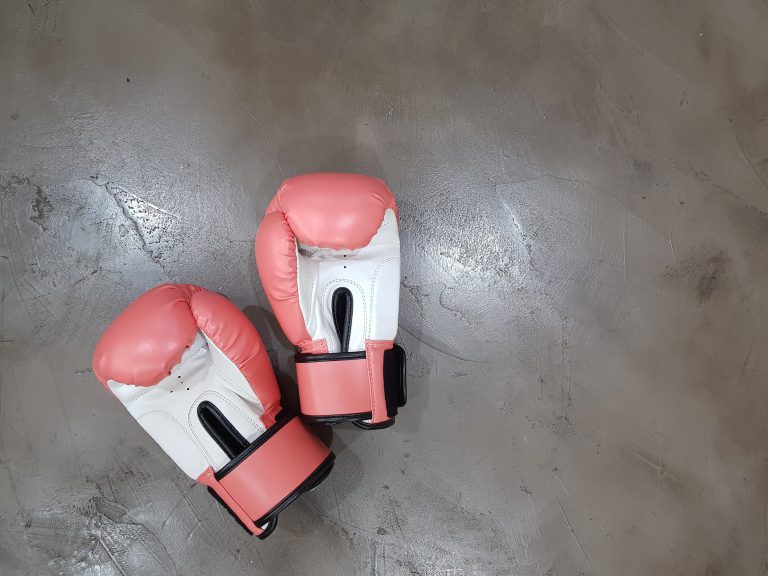Can You Learn Karate Without a Belt?
Karate is a martial art form that has been practiced for centuries. It emphasizes physical and mental development, self-defense technique, and the inculcation of virtues such as discipline, focus, and respect. One of the key aspects of karate training is the belt system, which is used to denote the skill level of a practitioner. However, some people wonder if it is possible to learn karate without a belt. In this post, we will explore this topic and provide some insights.
Understanding the Belt System in Karate
The belt system in karate is a method to indicate one’s skill level and progression. It is a way to motivate and reward practitioners for their efforts and development. The colors of the belts vary from school to school, but the hierarchy is typically as follows:
- White – Beginner level
- Yellow – Novice level
- Orange – Intermediate level
- Green – Advanced level
- Blue – Expert level
- Brown – Master level
- Black – Highest level
Each level comes with its own set of requirements and tests, which must be passed before the next belt can be awarded. The belt system serves as a roadmap for practitioners to follow and provides a sense of accomplishment and progression.
Can You Learn Karate Without a Belt?
The short answer is yes, you can learn karate without a belt. It is possible to practice and master the techniques and principles of karate without ever participating in the belt system. However, it is important to note that the belt system serves a crucial purpose in karate training.
The belt system provides structure and guidance to the practitioner. It sets goals and benchmarks for progress, which can be motivating and rewarding. Additionally, the belt system provides a sense of community and belonging, as practitioners work together to achieve their goals and advance through the ranks.
Without the belt system, it can be challenging to assess one’s skill level and progression. It can also be difficult to stay motivated and disciplined without the external recognition and validation that comes with earning a new belt rank.
Benefits of Learning Karate Without a Belt
While the belt system is an essential component of karate training, there are some benefits to learning karate without a belt. For example:
- Focus on technique – Without the pressure of earning a new belt rank, practitioners can focus solely on improving their technique and form.
- Flexible pace – Learning karate without a belt allows you to progress at your own pace, without the constraints of the structured belt system.
- Less pressure – Some practitioners may find that the pressure of earning a new belt rank detracts from their enjoyment and focus on karate training. Learning without a belt can alleviate this pressure and allow for a more relaxed and enjoyable experience.
Conclusion
While it is possible to learn karate without a belt, it is important to recognize the value of the belt system in providing structure, motivation, and community. The belt system serves as a roadmap for progress and achievement, and it provides a sense of accomplishment and validation for practitioners. However, there are also benefits to learning karate without a belt, including the ability to focus on technique, progress at your own pace, and reduce pressure. Ultimately, the decision to participate in the belt system is up to the individual practitioner, but it is important to understand the role and significance of the belt system in karate training.
Can You Learn Karate Without a Belt? Answers to the Frequently Asked Questions
Karate is a form of martial art that originated in Okinawa, Japan, in the early 20th century. It is a popular form of martial art that is practiced all over the world. One of the most frequently asked questions in the world of Karate is whether one can learn Karate without a belt. In this article, we will discuss this question and provide answers to some of the most frequently asked questions about learning Karate without a belt.
What is a Karate Belt?
A Karate belt is a colored cloth worn around the waist of a practitioner. The color of the belt represents the level of proficiency or rank attained by the practitioner. In traditional Karate, the belts range from white for beginners to black for experts. However, the number of belts and the colors used may vary depending on the Karate style or school.
Can You Learn Karate Without a Belt?
The simple answer is yes, you can learn Karate without a belt. Karate is a martial art that focuses on developing a practitioner’s physical and mental abilities. While belts are used to indicate levels of progression or rank, they are not essential to learning Karate. In fact, many Karate schools or styles do not use belts at all.
What are the Benefits of Learning Karate Without a Belt?
There are several benefits to learning Karate without a belt. The first and most obvious benefit is that it allows you to focus more on learning the techniques rather than worrying about your rank or belt color. It also promotes a sense of equality among practitioners, as there are no visible signs of rank or hierarchy. This can lead to a more relaxed and welcoming training environment.
Another benefit of learning Karate without a belt is that it helps to develop a stronger sense of self-motivation. Without the external motivator of progressing through the ranks, practitioners are forced to set their own goals and strive towards achieving them. This can lead to a deeper sense of personal accomplishment and satisfaction.
Is It Necessary to Wear a Belt When Learning Karate?
No, it is not necessary to wear a belt when learning Karate. However, if you choose to train at a school or style that does use belts, you will need to wear one to indicate your rank or level of proficiency. Additionally, wearing a belt can provide a sense of identity and belonging within a Karate community.
Can You Earn a Black Belt Without Wearing Belts?
Yes, it is possible to earn a black belt without wearing belts. While belts are often used to indicate levels of progression, they are not the only factor that is considered when determining a practitioner’s level of proficiency. Other factors, such as skill level, experience, and character development, also play a role in earning a black belt.
Conclusion
In conclusion, while belts are an important part of Karate, they are not essential to learning the art. Practitioners can learn Karate without belts and still gain the same physical and mental benefits. However, if you choose to train at a school or style that does use belts, you will need to wear one to indicate your rank or level of proficiency. Ultimately, the goal of Karate is not to earn a black belt or reach the highest level of rank, but to develop strong physical and mental abilities and to become a better person.
Inhaltsverzeichnis






